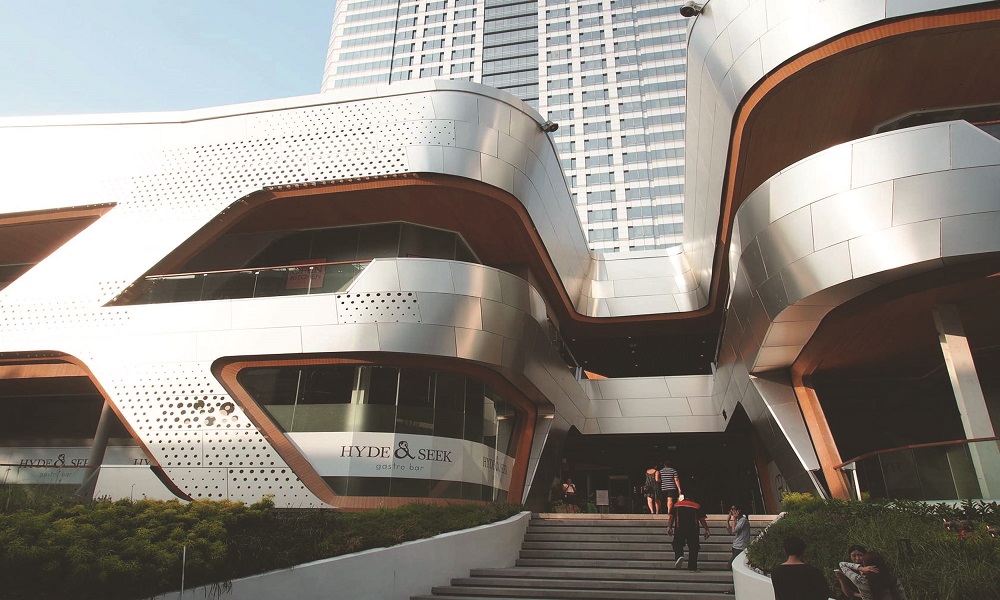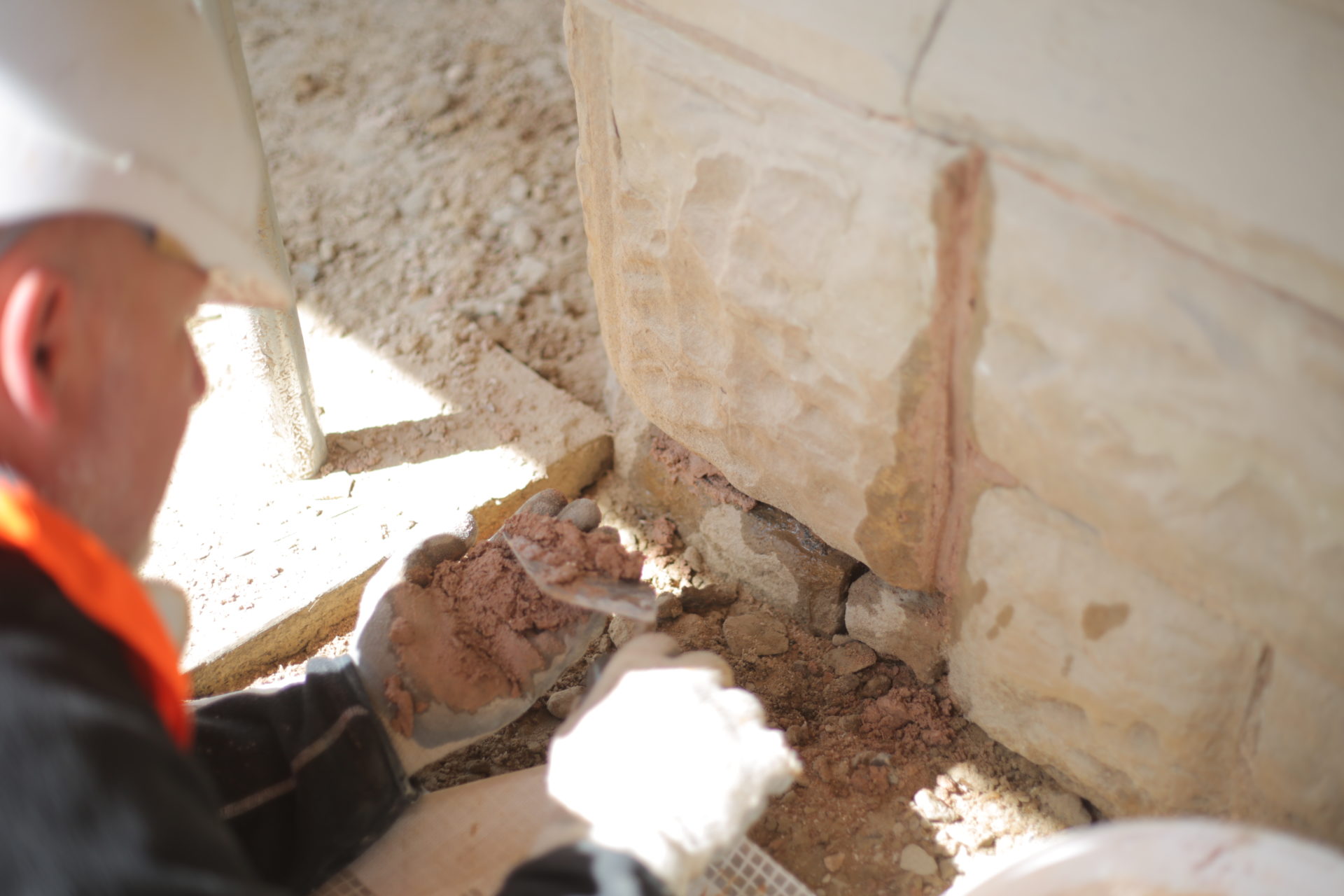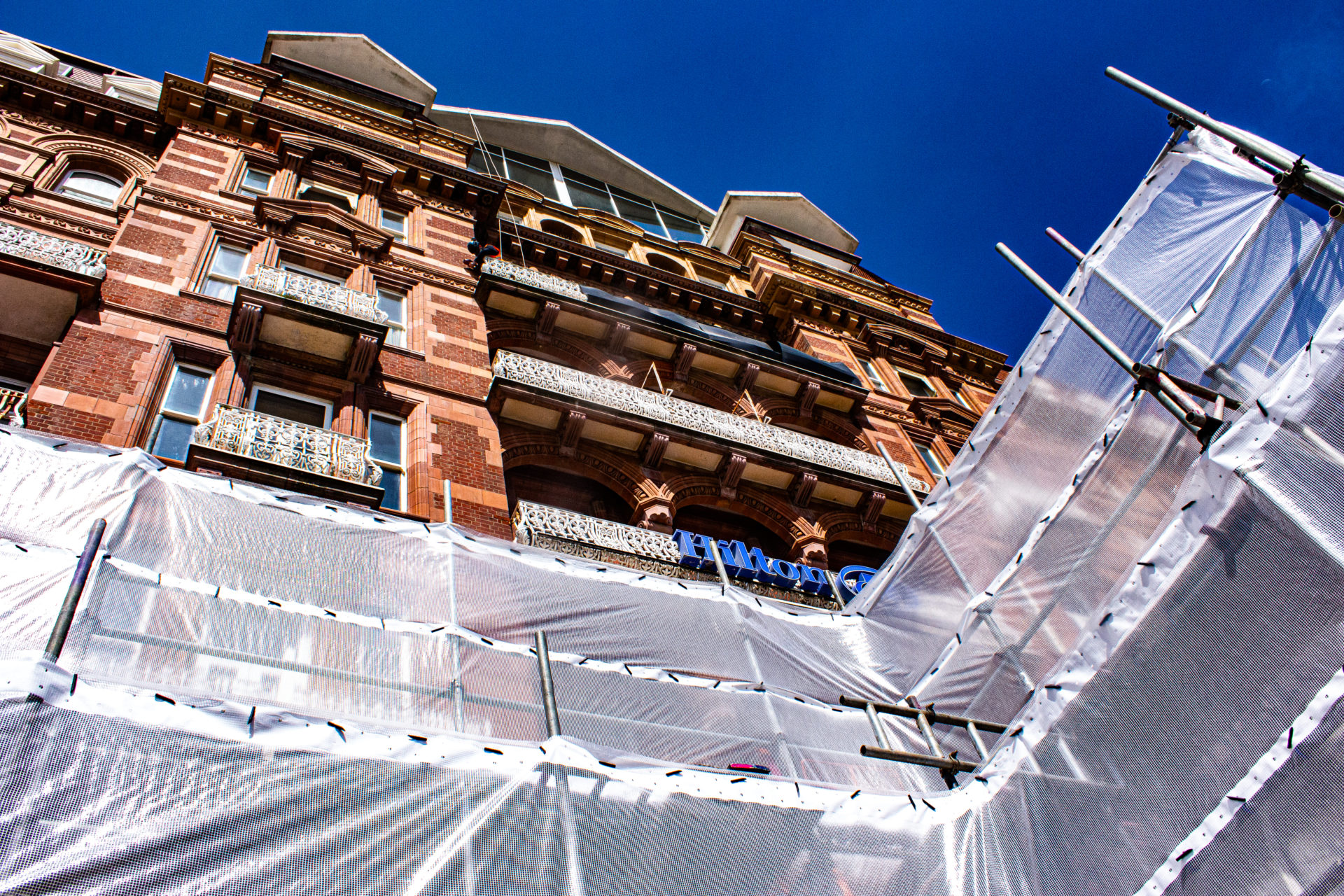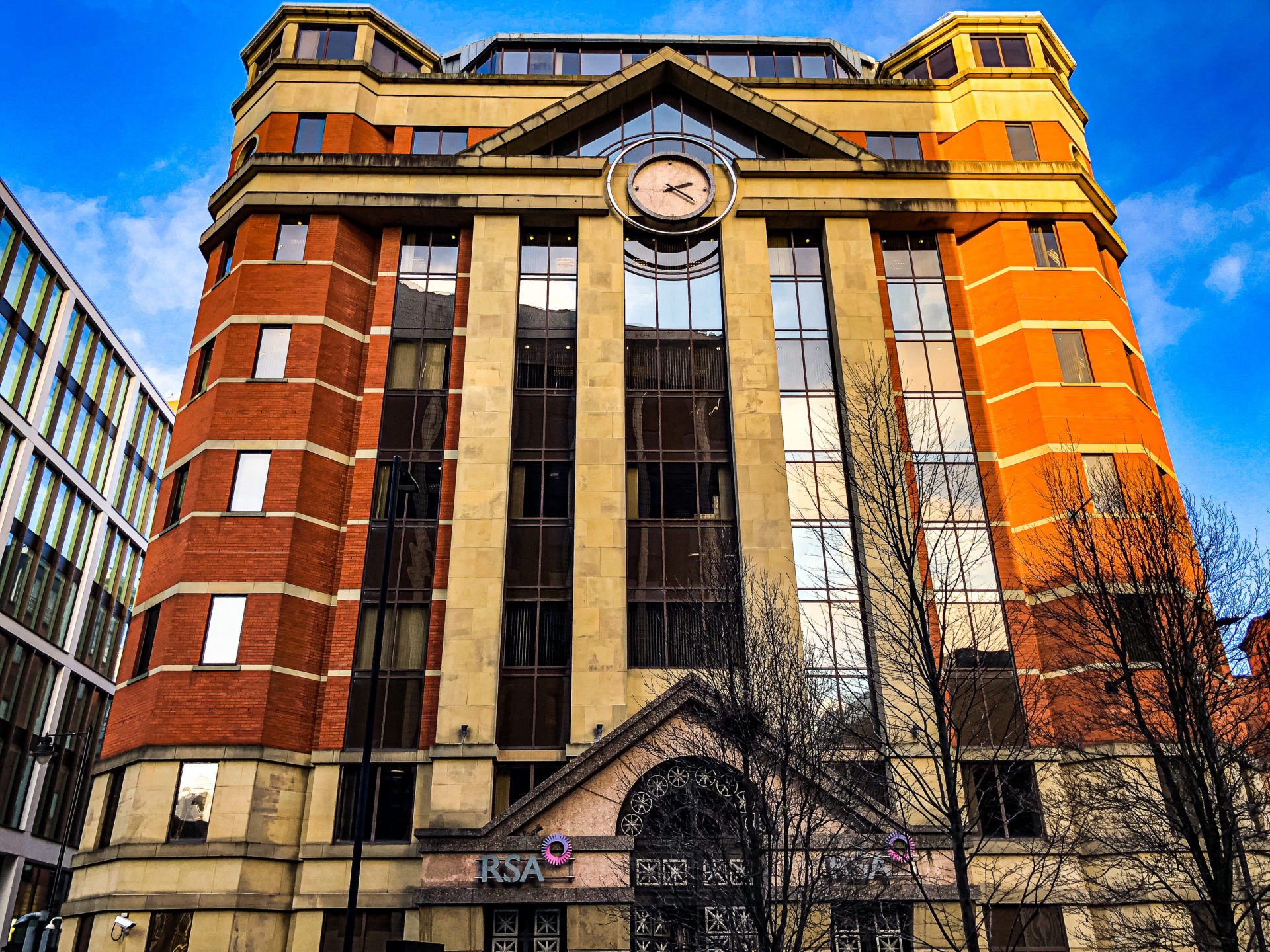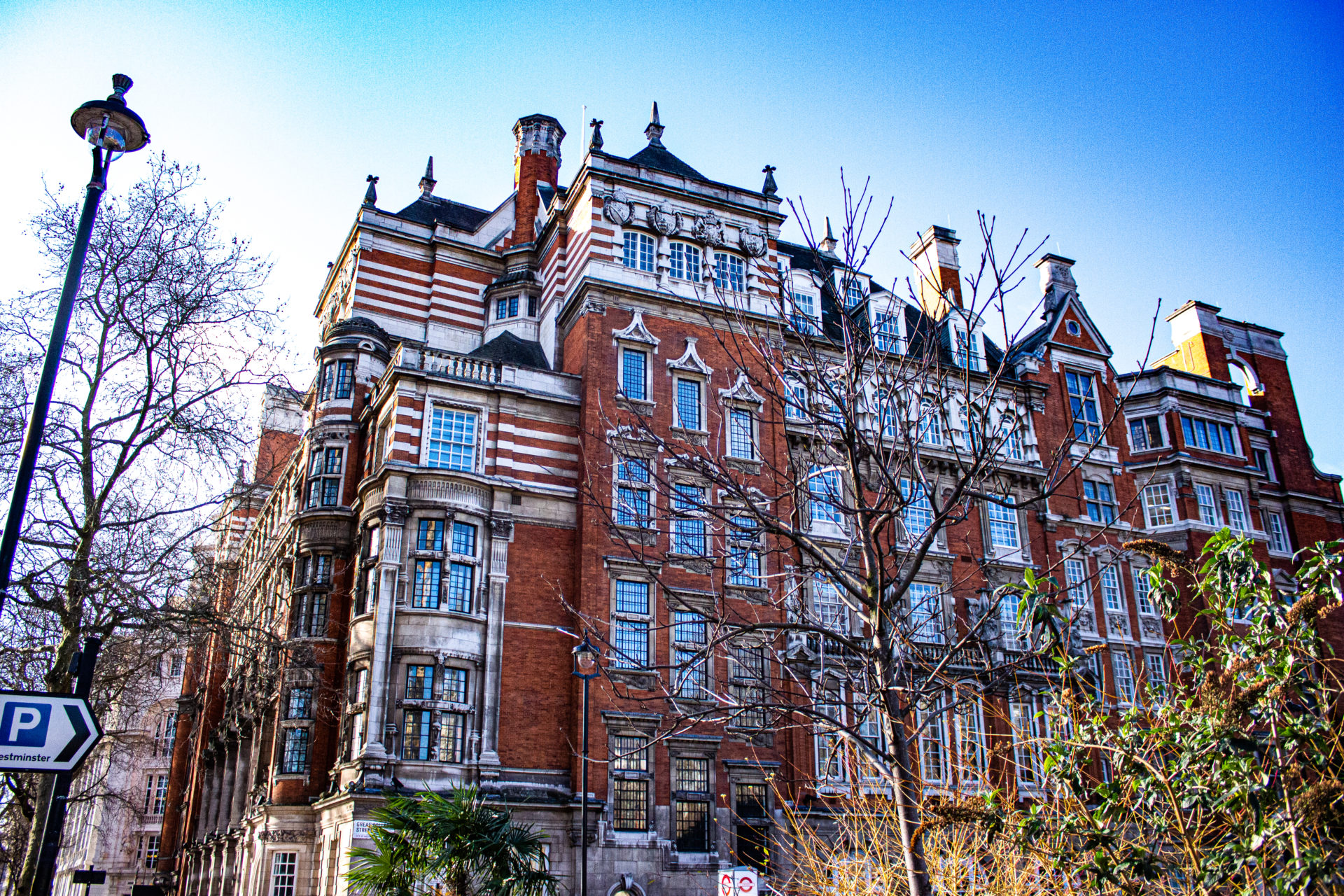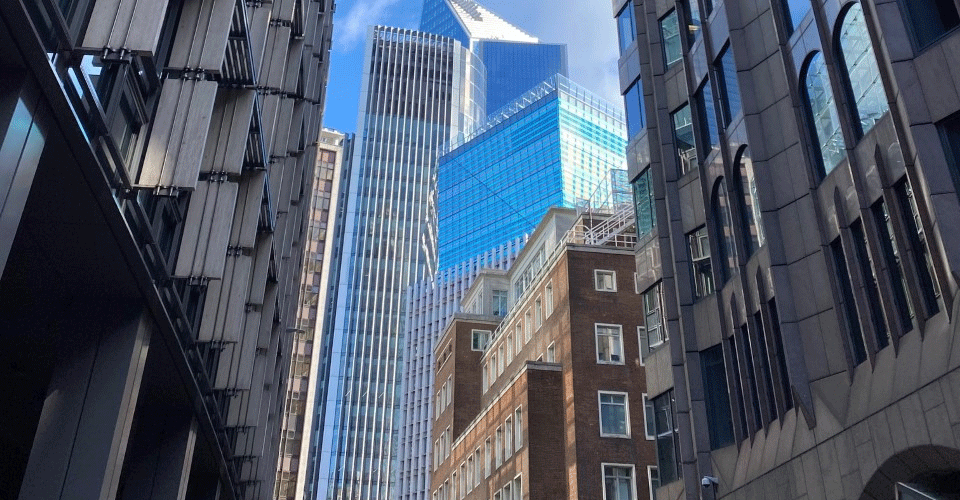
Successfully combining historical and modern architecture doesn’t happen that often. Marrying different, and often contrasting, architectural styles and ensuring the contemporary addition doesn’t outshine the historic building, or new doesn’t jar against old, can be particularly tricky. However, when done thoughtfully, the results can be incredible. Modern renovations can successfully preserve the original while also bringing something fresh, new, and inspiring.
Bringing together old and new architecture can create awe-inspiring results. Here are five examples of when modern and historic architecture meet in harmony to deliver something far better than the sum of their parts.
1. Grand Central Station, Leicester
Leicester’s Great Central Station had been vacant for almost 50 years until it underwent a full restoration as part of a £50 million regeneration scheme. The Victorian station now houses a bowling alley, mini-golf course, and a space for pop-up events. Our experts took on cleaning and restoring the façades of the station, which had remained untouched since the station closed in 1969. We began by undertaking cleaning test trials to evaluate the building’s condition and identify the most appropriate cleaning methods. The project included paint removal and sensitive façade cleaning to the underlying brick and terracotta façade using steam cleaning. Now fully restored, it can once again sit proudly as a jewel in Leicester’s crown.
2. Port House, Antwerp, Belgium
Port House is the Antwerp Port Authority’s headquarters. It was created by renovating and extending a derelict fire station to form a sustainable and future-proof workplace. Following detailed historical research and an evaluation of the site and existing building, Zaha Hadid Architects designed the extension to resemble a sailing ship’s hull. A protruding bow and the sides of a diamond facing the Kattendijk dock reference Antwerp’s links with the diamond industry. An incredible 900 tonnes of steel combined with concrete pillars hold the glass workspace above the former fire station. A bridge joins the two structures providing the staff with a 360-degree view of the public square and the River Scheldt below. The hall that once housed fire engines is now a library and public reading room.
3. York Theatre Royal, York
Refurbished in 2016, the York Theatre Royal added a new front to its street façade to transform the theatre’s space and visitor experience. The theatre was built in 1744 and has undergone several alterations. The most recent addition is a beautiful marriage between old and new. The radical redesign created two new lobbied entrances, foyer space and new glazing. The theatre’s 1967 extension was carefully refurbished to reinstate the original design by improving furniture, floor coverings, replacing the roof lights and upgrading the lighting to give the Grade II listed building back its design coherence.
4. Kunstmuseum Moritzburg, Halle, Germany
The Kunstmuseum Moritzburg was built in the late middle ages and is one of central Germany’s most impressive castles. Originally the lavish seat of archbishops, the Thirty Years’ War saw it reduced to rubble. Over the years, the building took on various roles and styles. However, in 1904 it became home to the municipal museum of arts and crafts in the east and south wings. Over one hundred years later, a renovation project began to restore the ruins on the north and west side and provide additional museum exhibition space. A modern aluminium-clad roof and skylights respectfully complete the historic shell.
5. Brooklyn Museum, New York City
The Brooklyn Museum was built in 1895 and is home to around 1.5 million works, making it New York’s second-largest art collection. In 2004, the building underwent an extensive renovation, adding a stunning $63 million glass entrance. The 15,000 square-foot pavilion creates a striking juxtaposition to the museum’s traditional façade. Within the pavilion, the original brick pillars that once supported the five front doors were restored and left permanently exposed to show the building’s original foundations.
Improvements in design and building techniques and a greater choice of materials ensure that architecture will continue to evolve. However, innovation and modernisation don’t mean compromising our heritage. When done sympathetically, a renovation can successfully marry old and new to create a beautiful building for the future that respects the past.
We are conservation driven in our philosophy and approach to masonry cleaning and building restoration, with experience on a range of historic and listed stone and brick buildings.


